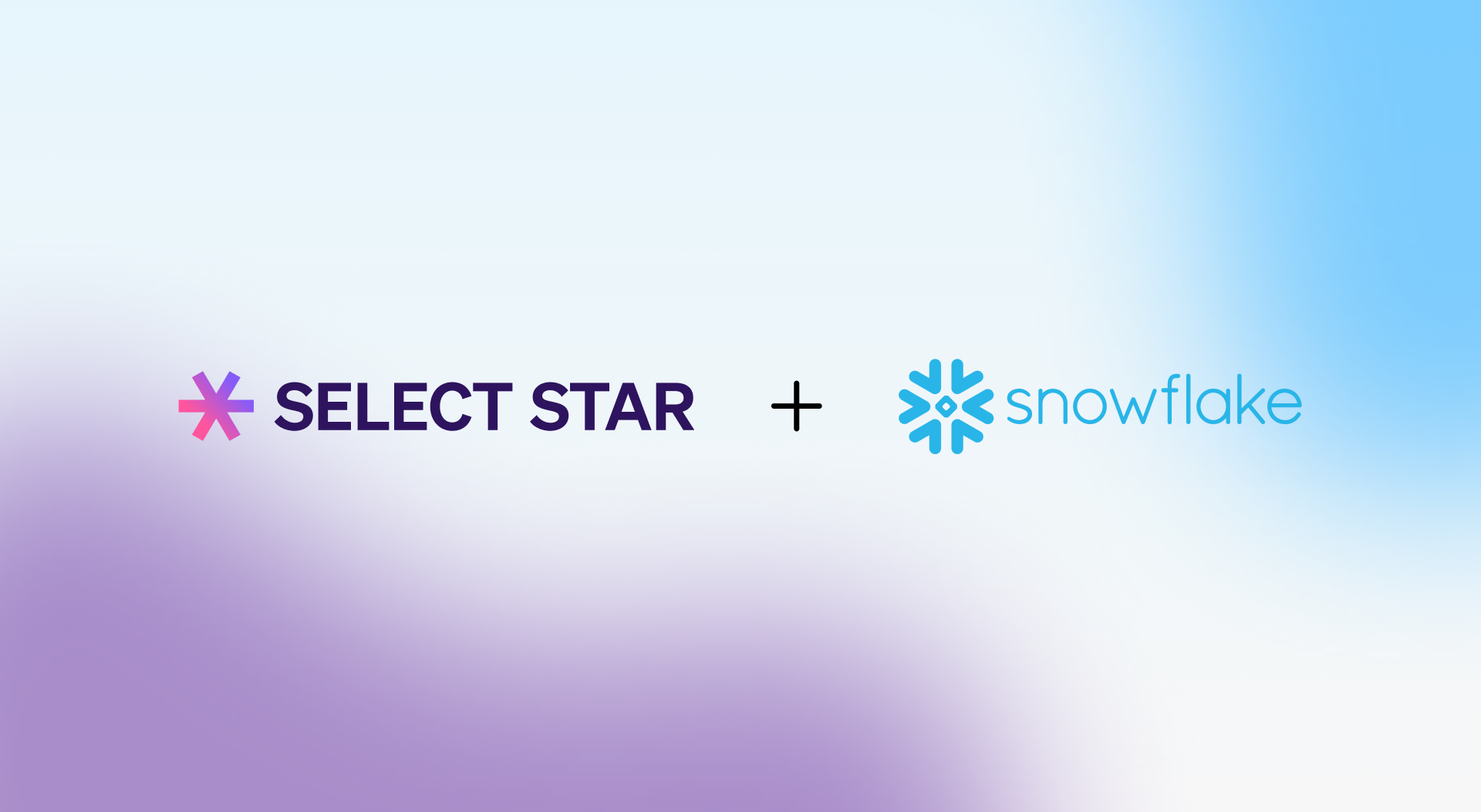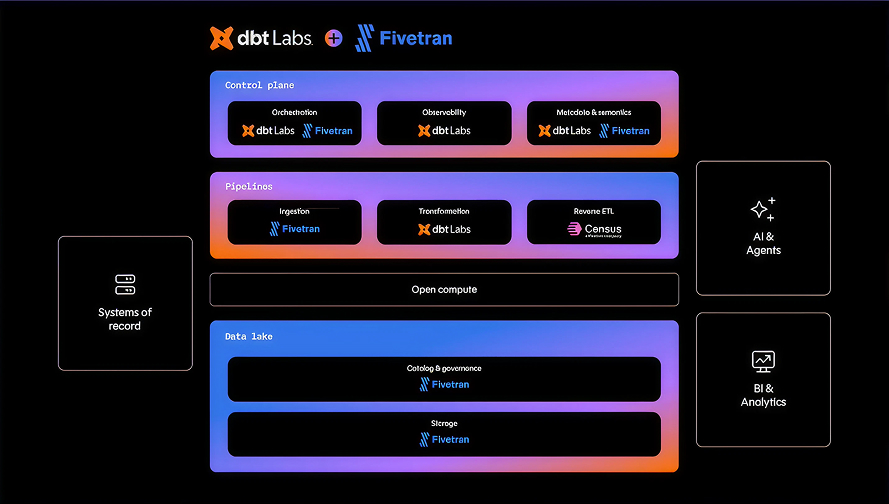Becoming a truly data-led organization isn’t just about hiring or investing in tools. It requires a sustainable strategy that embeds data into the core of business decision-making. Many companies struggle to scale their data efforts effectively, resulting in silos, reactive workflows, and underutilized platforms.
To address these inefficiencies and unlock strategic value, Opendoor shifted to a centralized data team to standardize tools, align priorities, and enforce governance. This approach unlocks scale, consistency, and deeper strategic alignment, while still preserving business context through embedded structures.
Paras Doshi, Head of Data at Opendoor, shares how a centralized approach, guided by the 3P Framework (People, Platform, and Process) can serve as a blueprint for building centralized data teams that are both efficient and impactful. We'll show how aligning these three pillars helps move data from a support function to a driver of business success.
TL;DR: Centralizing Your Data Team with the 3P Framework
- A centralized data team enables consistency, governance, and strategic alignment across the organization.
- The 3P Framework (People, Platform, and Process) provides a structured approach to make centralization effective and scalable.
- This post explains how Opendoor implemented the 3P Framework to reduce duplication, improve adoption, and drive measurable business outcomes.
- Learn actionable steps to structure your team, select the right tools, and prioritize high-impact analytics work.
This post is part of INNER JOIN, a live show hosted by Select Star. INNER JOIN brings together thought leaders and experts to discuss the latest trends in data governance and analytics. For more information, visit Select Star's Inner Join page.
How Opendoor Built a Sustainable, Centralized Data Team
Opendoor, a tech-driven real estate platform, relies heavily on data to algorithmically price homes. Early on, its analytics teams were scattered across functions, leading to duplicated work and conflicting metrics.
To unify its approach, Opendoor centralized analysts under a single data team while embedding them within product, marketing, and operations. This hybrid structure preserved domain expertise while enabling standardization. The team then consolidated its data tooling and implemented Select Star to drive data discovery, enforce data trust, and streamline access across the organization.
Select Star became a cornerstone of their self-service strategy by allowing stakeholders to find, understand, and trust data assets more easily. Combined with the shift to curated data marts, this reduced reliance on manual spreadsheets and improved overall data hygiene.
Processes were reimagined to support scale, including triage models for ad hoc support, team-level OKRs for strategic alignment, and whips (work-in-progress sessions) for cross-team learning. These changes helped reduce duplicated work, increase analytics adoption, and elevate data as a strategic business function.
Key metrics tracked included Select Star usage and adoption, analyst satisfaction, and measurable contributions to business OKRs.
The 3P Framework for Centralized Data Teams: People, Platform, Process

Opendoor implemented the 3P framework as the foundation for making its centralized data team truly effective. Designed to support scalability, alignment, and long-term value, the 3P framework offers a practical blueprint for transforming analytics from a reactive service into a strategic function. Each of its three pillars addresses a core area of sustainable data operations:
- People: Focus on building a strong, trust-based data culture supported by centralized structure, shared goals, and broad data literacy.
- Platform: Equip your team with user-friendly, integrated tools that enable data discovery, data governance, and scalable self-service.
- Process: Shift from a reactive mindset to a product-oriented approach that emphasizes reusability, prioritization, and business impact.
Sustainable growth demands more than just data and tools; it requires a thoughtful operating model. By aligning People, Platform, and Process, organizations can embed data into decision-making and transform analytics into a true strategic function.
In the next three sections, we’ll break down each pillar of the 3P Framework, sharing implementation strategies and lessons learned to help your team put this model into practice.
People: Building Culture and Collaboration in a Centralized Data Team

People are the foundation of any data strategy. The "People" pillar centers on cultivating a strong, trust-based culture where data is embedded into decision-making. It emphasizes collaboration, education, and leadership alignment as essential components for success.
Implementation Strategies:
- Start small: Start with small, high-impact projects that demonstrate clear business value. Quick wins build early trust and create momentum for larger initiatives.
- Build data coalitions: Identify and empower internal advocates across departments who believe in the value of data. These champions help spread adoption and promote data-driven thinking within their teams.
- Foster learning & transparency: Encourage open communication and shared learning. Create public spaces for insight sharing, such as Slack channels or learning sessions, and invest in data literacy programs to make all employees more comfortable and capable with data.
Platform: Building a Scalable Stack for Centralized Data Teams

The "Platform" pillar focuses on equipping teams with tools that foster usability, discoverability, and scalable self-service access to trusted data. Fewer, well-integrated tools adopted with intent will outperform a stack built on trend-chasing.
Implementation Strategies:
- Prioritize user adoption: Focus on intuitive tools that meet real user needs. Work backward from user workflows to design data platforms that are immediately valuable and easy to adopt.
- Enable self-service governance: Balance access and control by implementing clear documentation, query cost management, and data ownership visibility through a data catalog.
- Commit to continuous refinement: Monitor adoption metrics, iterate on data marts and tools, and adjust platform strategies based on usage patterns and feedback.
Process: Operating a Centralized Data Team Like a Product

The "Process" pillar advocates for managing analytics as a product, prioritizing repeatable, scalable work that aligns with core business goals rather than reacting to constant requests. Treat analytics like a product. Prioritize what drives business outcomes and create systems that scale.
Implementation Strategies:
- Strategic prioritization: Guide work selection using frameworks like RICE or impact/effort to focus resources on high-value, reusable analytics initiatives.
- Transparent ownership: Assign clear responsibility for triaging and managing incoming requests, using rotating roles to balance support and project work.
- Culture of experimentation: Encourage proactive problem-solving by treating analytics as a product. Continuously evaluate outcomes against business KPIs to validate impact and refine processes.
Operationalize a Centralized Data Team Using the 3P Framework
Centralizing your data team is only the first step. To make it work in practice, you need a structured approach to guide how your people collaborate, how your tools support the business, and how your processes scale.
That’s where the 3P Framework comes in. By aligning People, Platform, and Process, you can create a centralized data function that drives strategic value, not just operational output.
Whether you're designing your first centralized team or refining an existing one, consider which of the 3Ps needs the most attention and use that as your starting point for growth and alignment.
Ready to empower your team with better data discovery and governance? See how Select Star can help.
Frequently Asked Questions
What is a centralized data team?
A centralized data team is a unified group of analysts, engineers, and data leaders who report to a single function and serve multiple departments across an organization. This model provides consistency, shared tooling, and aligned priorities while still enabling close collaboration with business units.
What are the benefits of centralizing a data team?
Centralized data teams reduce duplication, improve governance, standardize metrics, and enable more strategic prioritization. They make it easier to scale processes, support self-service, and ensure alignment with company-wide goals.
How do you measure the success of a centralized data team?
Success can be measured by adoption metrics (dashboard usage, search-to-insight time), team engagement, asset reuse, and impact on business KPIs. A strong data team connects its outputs directly to business value.
What is the 3P Framework?
The 3P Framework is a strategic model for building scalable and effective data teams. It focuses on aligning three core pillars: People (culture and structure), Platform (tools and accessibility), and Process (prioritization and delivery). Together, these ensure data is embedded in decision-making and not siloed.
Why is the 3P Framework useful for centralized data teams?
The 3P Framework helps centralized data teams stay aligned, trusted, and impactful. It provides a structure for building trust (People), delivering scalable insights (Platform), and operating efficiently (Process), all critical to managing a central function that serves diverse business needs.
How do you implement the 3P Framework?
Start small by identifying quick-win projects, choosing tools that solve specific pain points, and creating processes that allow for repeatable impact. Embed data champions in departments, invest in data discovery platforms like Select Star, and track usage and business outcomes to refine continuously.









